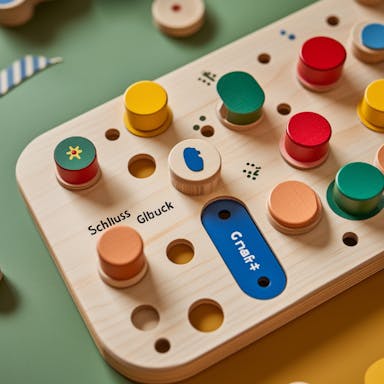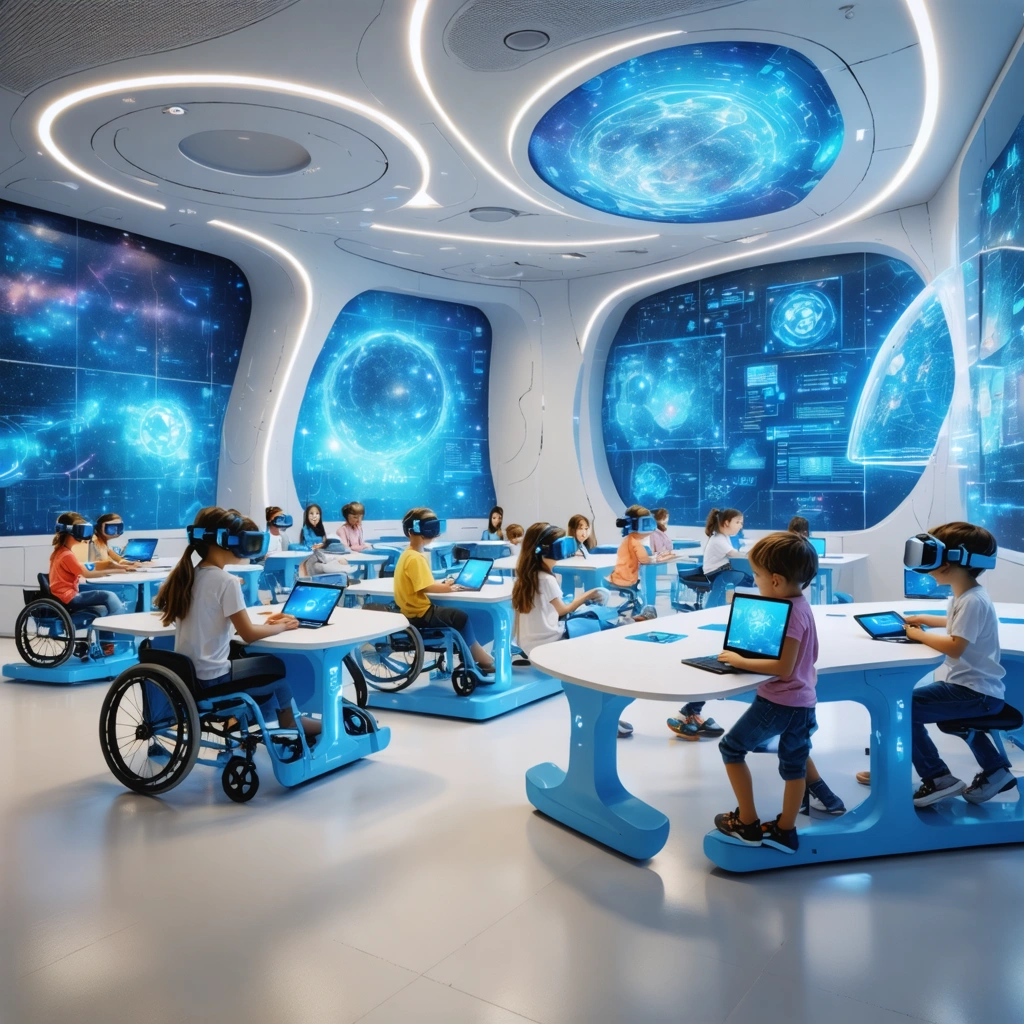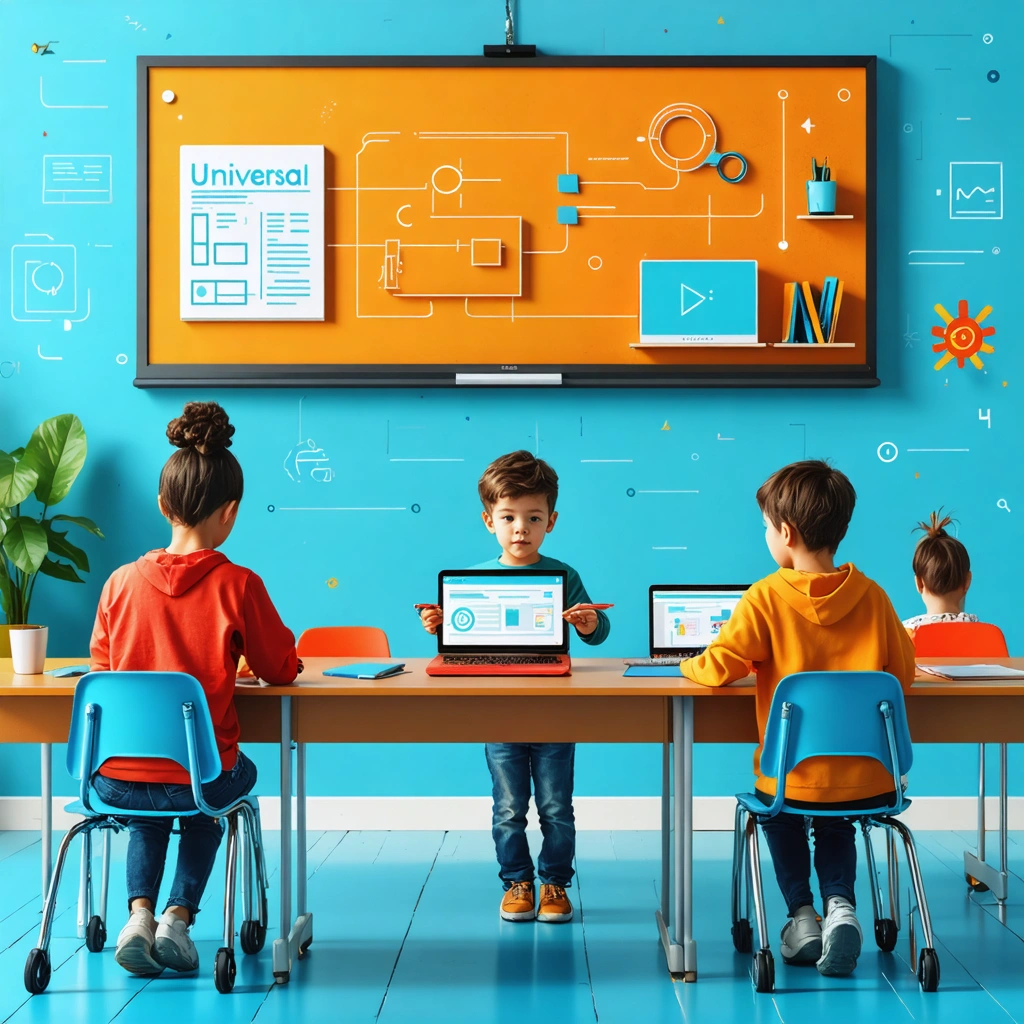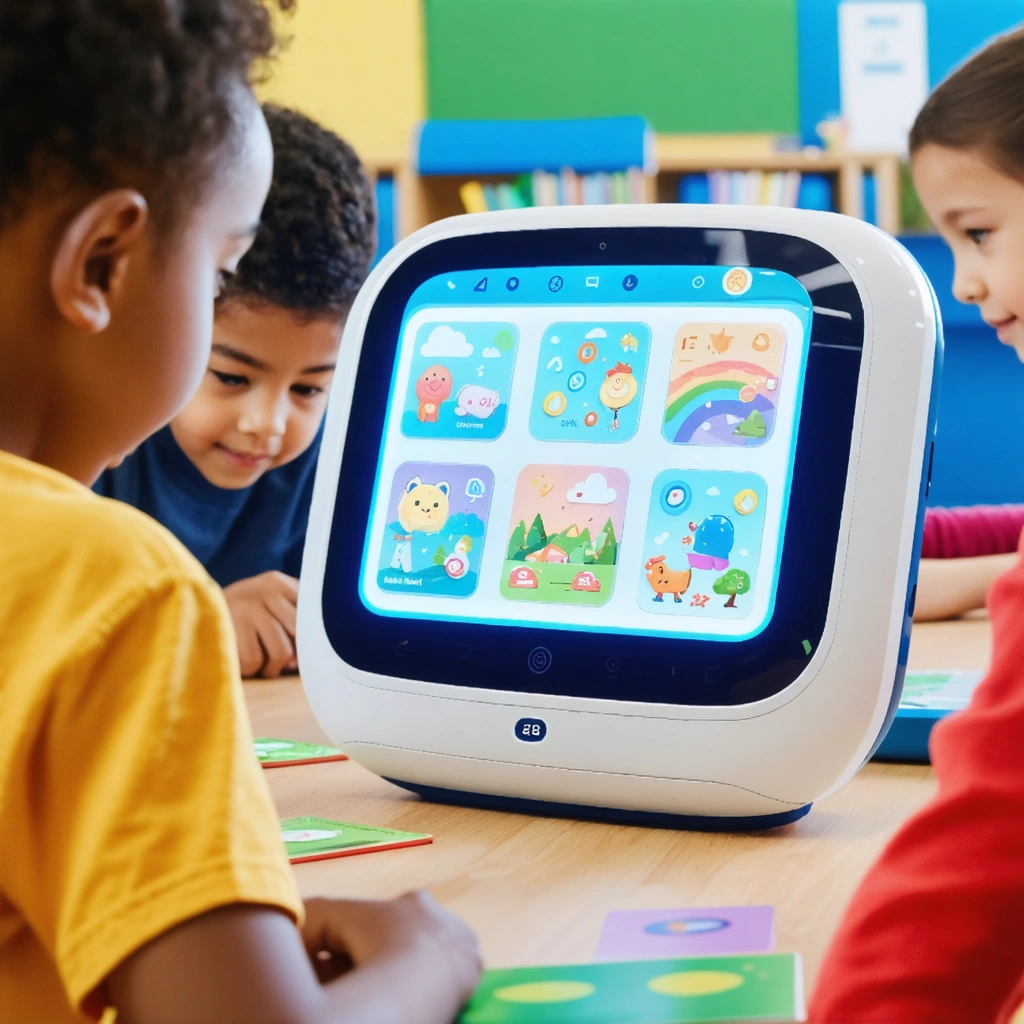Universal Design in Education (UDE) ensures learning environments are accessible and inclusive for all students, regardless of their abilities. By integrating advanced AI tools, educators can create visual materials and concepts that align with UDE principles efficiently. In this post, we’ll explore how UniversalDesignAI.com helps implement UDE by providing fast and effective visual resources.
What is Universal Design in Education (UDE)?
Universal Design in Education is a framework that ensures equal learning opportunities for all students. It focuses on three core principles:
1. Multiple Means of Engagement: Offering various ways to engage and motivate students.
2. Multiple Means of Representation: Delivering content in diverse formats, such as text, audio, and visuals.
3. Multiple Means of Action and Expression: Allowing students to demonstrate their knowledge in different ways.

How UniversalDesignAI.com Helps Implement UDE
UniversalDesignAI.com enables educators to generate AI-powered visual materials that address diverse student needs effectively. Here are some practical examples:
1. Simplifying Complex Concepts with Infographics
• Example: A water cycle infographic designed with bold colors, high contrast, and large fonts for easy understanding.
• How It Helps: Enables students with visual impairments or different learning styles to grasp complex topics effortlessly.
2. Creating Visually Rich Presentation Slides
• Example: A slide deck on climate change with clear text, icons, and vivid colors that highlight key points.
• How It Helps: Supports diverse learners by combining text with engaging visuals, minimizing reliance on text-heavy content.
3. Visualizing Accessible Classroom Designs
• Example: A classroom layout optimized for wheelchair accessibility, featuring wide pathways, adjustable desks, and clear visual markers.
• How It Helps: Teachers and designers can visualize and plan inclusive spaces before implementation.
4. Customizing Learning Materials for Students
• Example: A digital worksheet designed for students with dyslexia, using high-contrast backgrounds and readable fonts.
• How It Helps: Offers educators ready-to-use materials that ensure all students can participate fully.

With UniversalDesignAI.com, educators can quickly access a variety of visual resources designed with universal design principles in mind. This allows them to create inclusive and accessible learning environments that address the diverse needs of their students effortlessly.



